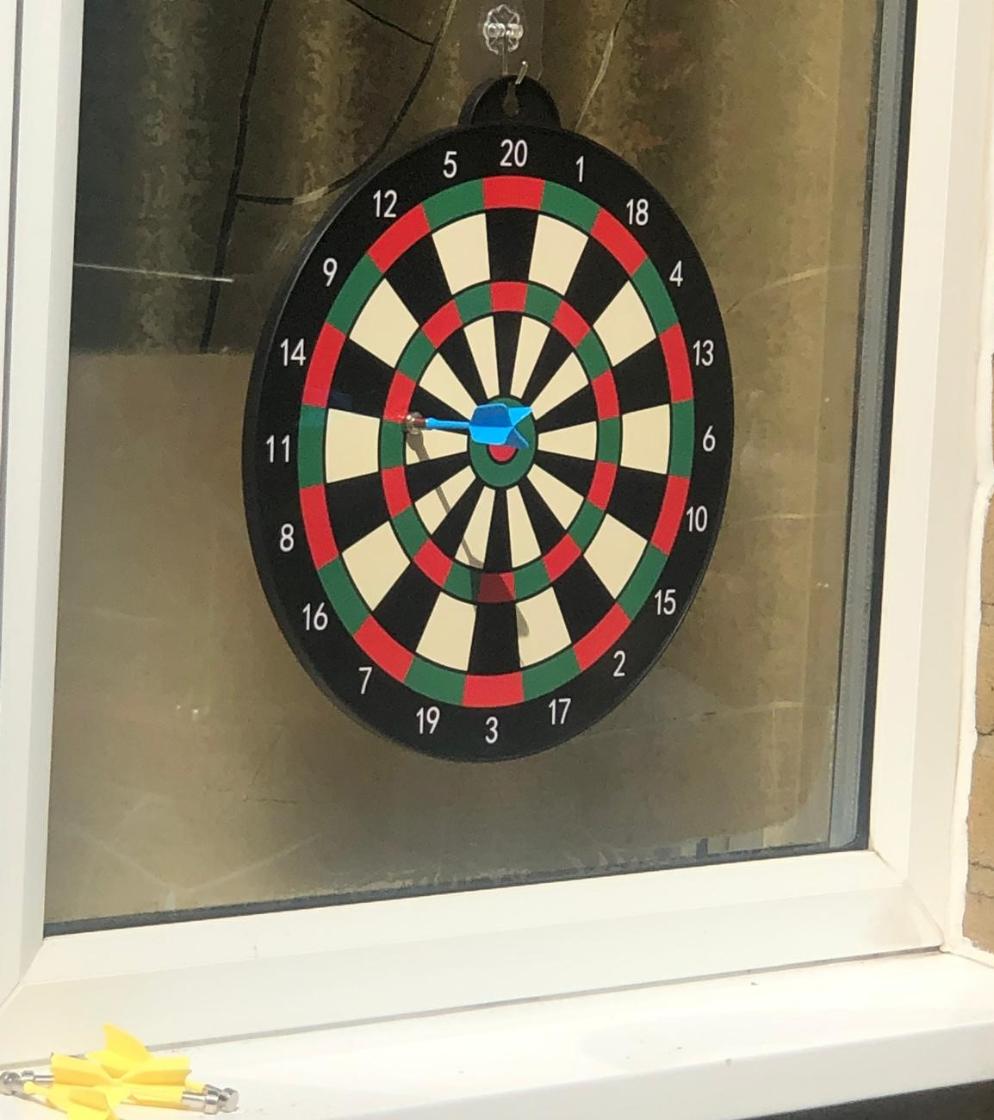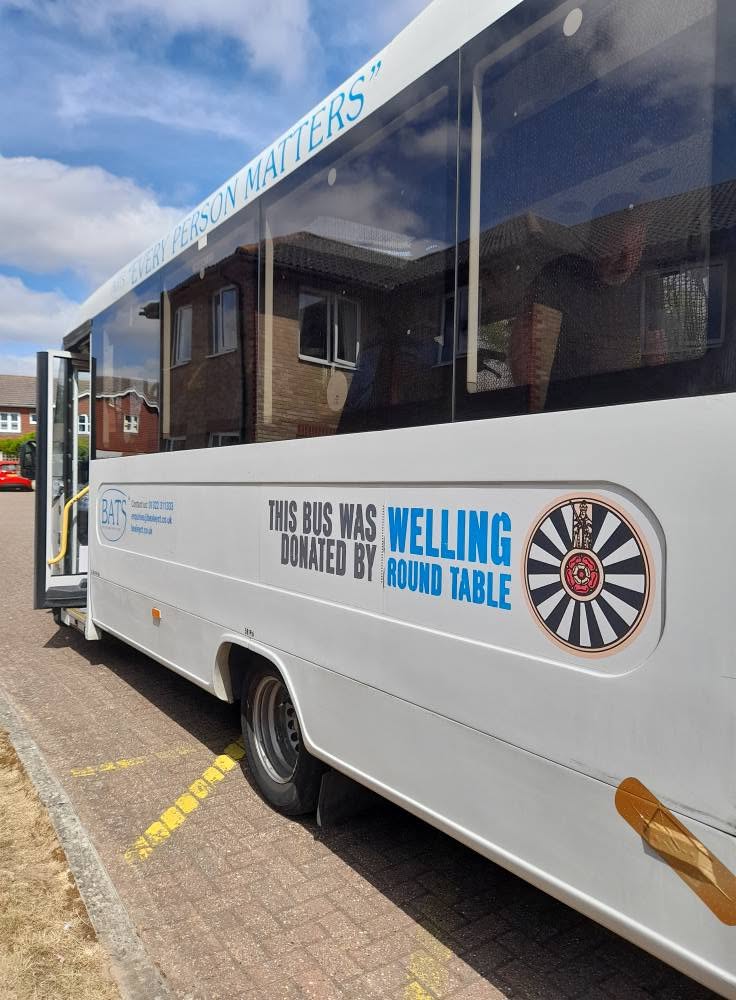How to Write a Nursing Care Plan: A Full Guide

Writing a nursing care plan can seem daunting, especially if you're just starting out. But once you learn how to write a nursing care plan step by step, it becomes a vital part of delivering compassionate, person-centred care, especially in a care home environment. Whether you're a seasoned professional or one of many nursing students on placement, this guide covers everything from understanding the nursing process to selecting effective nursing interventions tailored to older adults.
What Is a Nursing Care Plan?
In care homes, a nursing care plan is a structured outline of the personalised care a resident needs. It ensures consistency, clarity, and high standards of care throughout the team. A well-prepared plan is key for managing both acute and chronic health problems, such as diabetes, dementia, or mobility issues. It also helps identify potential risk factors, like pressure ulcers or falls, early on.
Nursing care plans actually support evidence-based practice, aligning day-to-day care with current research and guidelines to achieve the best possible outcomes for residents.
The Nursing Process in a Care Home
Before looking at how to write a nursing care plan, it's important to grasp the nursing process. This five-step framework guides all nursing activity:
- Assessment - Collect data on the resident’s physical, emotional, and social well-being, including mobility, nutrition, and medications.
- Diagnosis - Identify health challenges using a nursing diagnosis, focused on how residents respond to their health conditions.
- Planning - Set achievable, person-centred goals.
- Implementation - Carry out nursing interventions, both independent and collaborative.
- Evaluation - Review outcomes and adjust the plan as needed.
This ongoing process ensures care evolves with each resident’s changing needs.


How to Write a Nursing Care Plan: Step-by-Step for Care Homes
- Conduct a Detailed Assessment
In care homes, assessments often include daily observations, family input, and the resident’s life history. You’ll look at things like current medications (including pain medication), blood pressure, continence, mental health, and social connections. This helps identify both active concerns and risk factors, for example, a risk of falls or skin breakdown. - Create a Nursing Diagnosis
A nursing diagnosis focuses on how the resident experiences their health issues. For example, rather than noting “osteoarthritis,” the diagnosis could be “Chronic pain related to joint degeneration.” Using NANDA-I terminology makes your diagnosis standardised and clear across the care team. - Set SMART Goals
Goals should be:
- Specific – e.g. “Resident will walk 20 metres with a frame.”
- Measurable – Use observable outcomes.
- Achievable – Tailored to the resident’s ability.
- Relevant – Focused on quality of life.
- Time-bound – e.g. “within two weeks.”
This might include goals like improving nutritional intake or reducing episodes of confusion.
- Choose Nursing Interventions
Now for the action. Nursing interventions in care homes should support daily function, promote dignity, and enhance wellbeing.
Include:
- Independent nursing interventions – Things you can do without a doctor’s order, like repositioning a resident, encouraging fluids, or leading memory games.
- Dependent interventions – Administering pain medication or adjusting diabetic medications (with GP guidance).
- Collaborative interventions – Working with members of the team to support mobility or nutrition.
- Implement the Plan
Begin carrying out the interventions. Consistent documentation is vital, especially in multi-staff teams. Notes should reflect what was done, how the resident responded, and any new observations.
Documenting with Digital Tools Like Nourish – In many modern care homes, digital care planning systems such as Nourish are revolutionising how plans are recorded and shared. These tools help ensure that every action taken, from repositioning to administering pain medication, is logged accurately and in real time.
- Evaluate and Adjust
Review progress regularly. Has the resident met their goal? If not, re-assess and adjust. This ongoing process is especially important in care homes, where health needs can change gradually or suddenly.


Why Nursing Care Plans Are Essential in Care Homes
In care home settings, nursing care plans are more than documentation - they’re tools for:
- Delivering tailored care for chronic health problems.
- Detecting early signs of deterioration.
- Encouraging evidence-based practice.
- Ensuring continuity when different carers are on shift.
- Supporting mental wellbeing and independence.
They’re also a key learning tool for nursing students, offering a practical way to develop clinical reasoning.
Nursing Interventions in Everyday Care Home Practice
Here are some real-life examples of nursing interventions suited to residential care:
- For residents with high blood pressure: Monitor readings, encourage low-sodium diets, and liaise with GPs.
- For managing chronic pain: Offer regular pain medication as prescribed, along with independent nursing interventions like warm compresses and relaxation techniques.
- To reduce fall risk: Clear walkways, install grab rails, and use mobility aids - all of which can be done without a prescription.
Nursing Care Plans at The Hazelwood Care Home
At The Hazelwood Care Home in Longfield, we prioritise delivering exceptional nursing care through comprehensive and personalised care plans. Our dedicated nursing team collaborates with residents, their families, and other healthcare providers to develop and implement care plans that address individual health needs and preferences. By adhering to the nursing process and incorporating evidence-based nursing care, we ensure that our residents receive the highest standard of care in a supportive and compassionate environment.
If you have any questions about our nursing care plans or the services we offer at The Hazelwood Care Home, please don't hesitate to contact us. We are committed to providing quality care that enhances the well-being and quality of life for all our residents.





